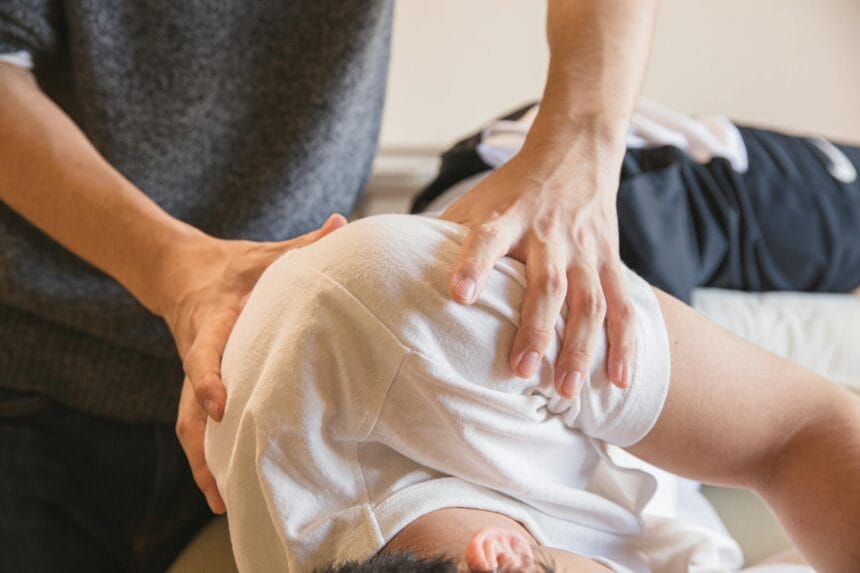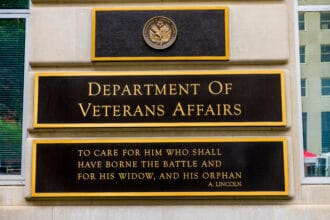Introduction: The Physiotherapist as Your Coach
Imagine this: you’ve been training for months for your local marathon in Ottawa. The excitement is building, your friends and family are cheering you on, and then—halfway through a training session—you feel a sharp pain in your knee. Suddenly, you’re sidelined. Frustration sets in. “Will I miss the race? Will I ever get back to running like before?”
This is a scenario many athletes, from weekend warriors to professionals, know too well. Sports injuries are not only painful but emotionally draining. That’s where sports physiotherapy comes in. It’s not just about easing pain—it’s a specialized branch of physiotherapy focused on preventing, assessing, and treating athletic injuries.
Think of a Physiocare Physiotherapy & Rehab Centre in Ottawa as a coach for your recovery journey. With a structured, step-by-step process, they help athletes restore function, build strength, and prevent re-injury. This is not guesswork—it’s a proven, progressive system.
In this article, we’ll walk through a 6-step guide to physiotherapy for sports injuries, showing you how science, expertise, and care come together to get you safely back in the game.
Step 1: The Initial Assessment and Diagnosis
Recovery begins with clarity. The first session with a physiotherapist is like detective work: uncovering the “what” and “why” of your injury.
What to Expect:
- History Taking: Your physio will ask about how the injury happened, your training routine, past medical issues, and goals.
- Physical Examination: They’ll test your range of motion, strength, and flexibility. They may gently palpate the injured area to identify swelling or tenderness.
- Specialized Tests: For example, a Lachman test for ACL injuries or Hawkins test for shoulder impingement.
This thorough process ensures the right diagnosis. Research shows that accurate early assessment improves recovery outcomes dramatically (Journal of Orthopaedic & Sports Physical Therapy, 2021).
Key takeaway: The initial assessment sets the foundation for everything that follows.
Step 2: Pain and Swelling Management
Right after injury, the top priority is reducing pain and inflammation. Left unchecked, swelling can limit movement and slow healing.
Common Techniques:
- R.I.C.E. Protocol: Rest, Ice, Compression, and Elevation remain staples of early injury care.
- Modalities: Therapists may use ultrasound, TENS (electrical stimulation), or cold therapy to calm irritated tissues.
- Manual Therapy: Gentle massage, joint mobilizations, or soft tissue release techniques can ease spasms and promote circulation.
For many Ottawa athletes, this stage provides much-needed relief and reassurance that healing has begun.
Step 3: Restoring Range of Motion and Flexibility
Once pain is under control, stiffness becomes the next challenge. Without movement, joints and muscles tighten, leading to long-term weakness.
Strategies to Regain Mobility:
- Passive Range of Motion (PROM): The physiotherapist moves your joint while you stay relaxed.
- Active Range of Motion (A-ROM): You start taking charge of moving the joint yourself.
- Stretching: Both static (holding positions) and dynamic (controlled movements) help lengthen tissues.
Why does this matter? According to The British Journal of Sports Medicine (2020), athletes who restore early mobility recover faster and return to sport with fewer setbacks.
Step 4: Strengthening and Muscle Re-Education
Think of this step as rebuilding your “muscle armor.” Injuries often weaken not just the injured area but also supporting muscles.
Key Focus Areas:
- Therapeutic Exercises: Begin with bodyweight drills like squats or bridges, progressing to resistance bands and weights.
- Proprioception Training: This is your body’s ability to sense its position in space. Exercises like balancing on one leg or using a wobble board retrain this skill, reducing the chance of re-injury.
This stage highlights the physiotherapist’s role as an expert trainer—designing safe, progressive programs tailored to your sport.
Step 5: Functional and Sport-Specific Training
Now it’s time to bridge the gap between the clinic and the field.
What it Involves:
- Sport Simulation: A basketball player may practice jump shots, while a baseball pitcher works on controlled throws.
- Plyometrics and Agility: Exercises like box jumps or ladder drills restore explosive power.
- Biomechanical Analysis: Advanced clinics even use video motion analysis to correct faulty movement patterns that may have caused the injury.
In Ottawa, many physiotherapy clinics emphasize this phase because it ensures athletes don’t just heal—they perform better than before.
Step 6: Safe Return to Play and Injury Prevention
This is the ultimate goal—getting you back to your sport without fear. But returning too soon is a common mistake.
Criteria for Return:
- Full, pain-free range of motion
- Strength equal to the uninjured side
- Ability to complete sport-specific drills without pain
Long-Term Prevention:
Physiotherapists also design maintenance routines: mobility drills, strength training, and regular check-ins to prevent recurrence.
For example, Physiocare Physiotherapy & Rehab Centre in Ottawa emphasizes injury-prevention programs that keep local athletes confident and active year-round.
Conclusion: From Pain to Performance
Recovering from a sports injury is rarely a straight path—it’s a journey of small victories. With the guidance of a skilled physiotherapist in Ottawa, you move step by step:
- Assessment and diagnosis
- Pain and swelling control
- Restoring motion
- Strengthening
- Functional training
- Safe return to play
Each stage builds on the last, ensuring that you don’t just recover, but also come back stronger and smarter.
If you’re sidelined by injury, remember this article is an educational guide—not a substitute for professional care. Every body and every injury is unique. Consulting a qualified provider of experienced physiotherapy clinic in Ottawa ensures you get a personalized plan designed for your sport, your body, and your goals.
Your injury doesn’t have to be the end of your story. With the right guidance, it can be the beginning of a stronger, more resilient chapter.
References
- American Physical Therapy Association. Sports Physical Therapy Section. www.apta.org
- Journal of Orthopaedic & Sports Physical Therapy, 2021. Early Diagnosis and Outcomes in Sports Injury Rehabilitation.
- British Journal of Sports Medicine, 2020. Effect of Early Mobilization on Injury Recovery.









